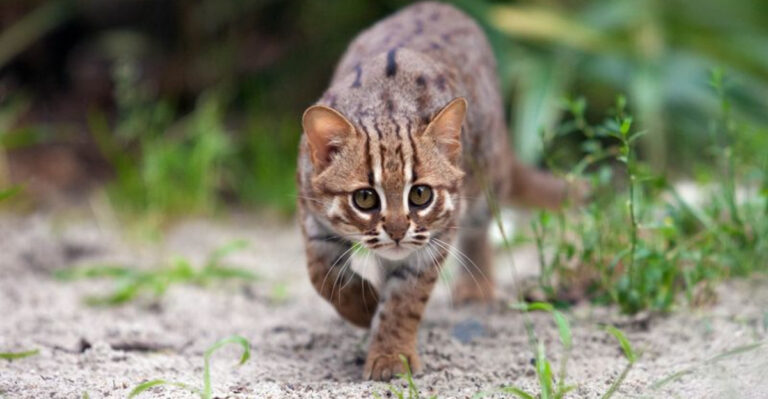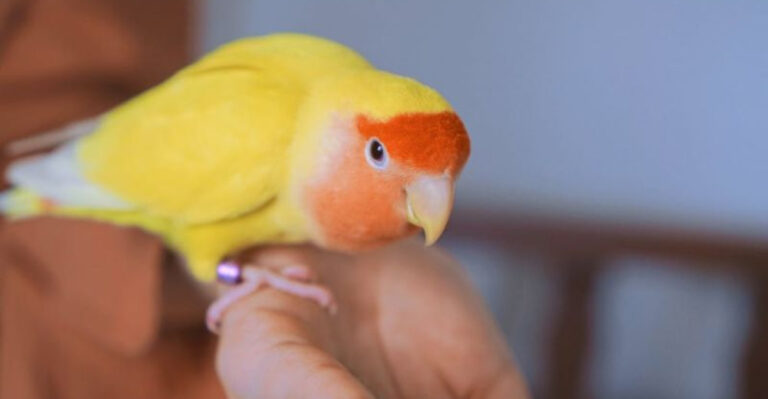How Did Birds Survive The Dinosaurs’ Fall? 10 Big Theories
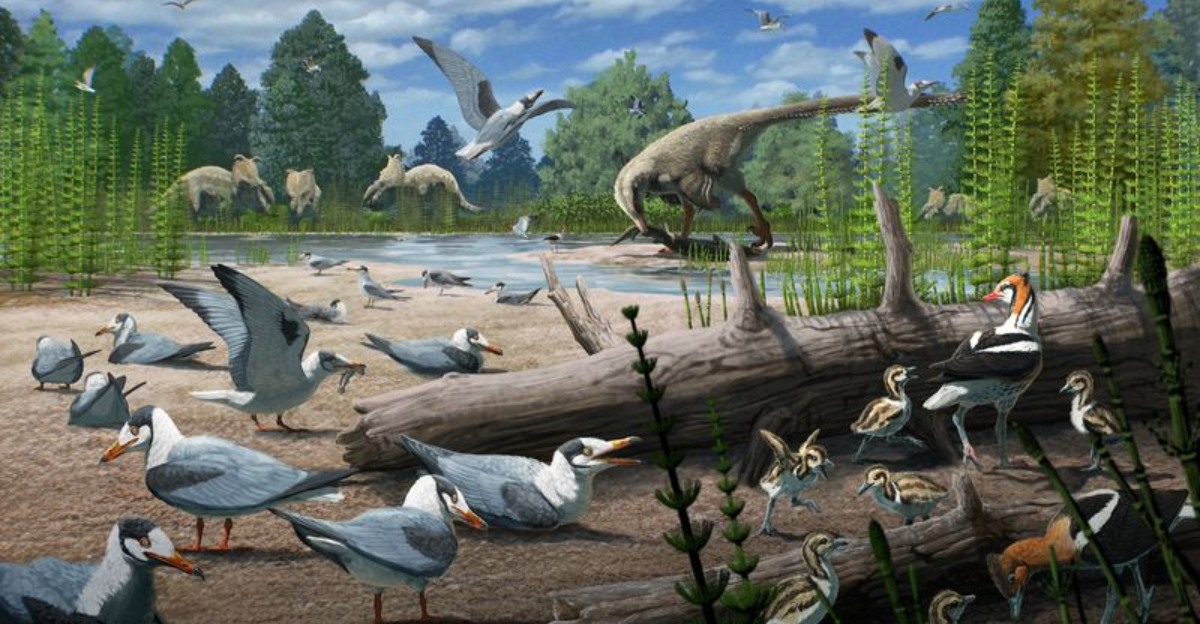
Ever wondered why birds are still flapping around while T-Rex and friends vanished 66 million years ago? When that massive asteroid struck Earth, it wiped out about 75% of all species – including all non-avian dinosaurs.
Yet somehow, birds (technically dinosaurs themselves) made it through the apocalypse. Scientists have been scratching their heads for decades trying to figure out this feathery mystery.
Small Size Advantage
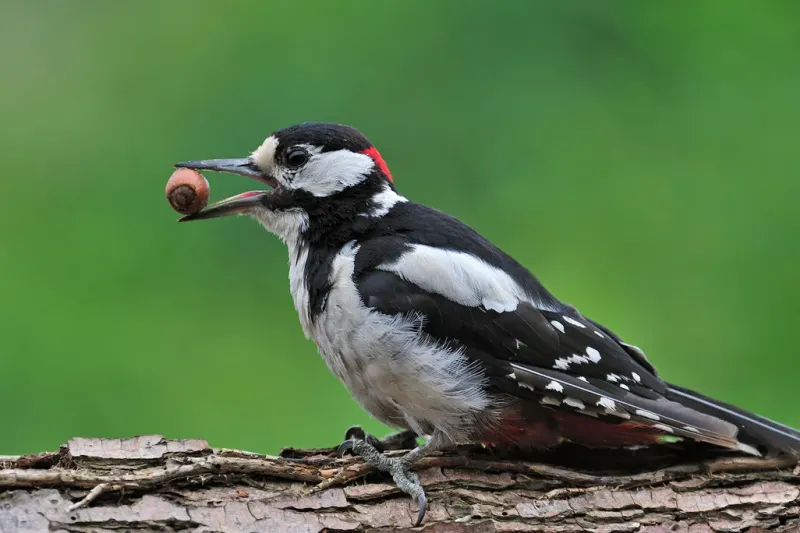
Being tiny turned out to be a lifesaver! Birds’ smaller bodies needed less food than their massive dinosaur cousins. When resources became scarce after the asteroid impact, these feathered survivors could get by on minimal nourishment.
Their modest size also meant they could hide in small spaces, escaping the worst of the environmental chaos. Think of it as nature’s version of “the bigger they are, the harder they fall.”
Seeds Saved The Day
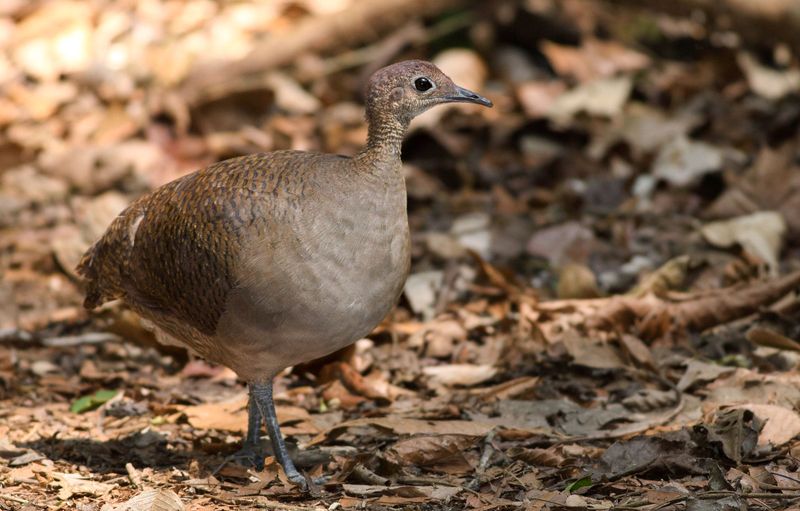
A diet of seeds might sound boring, but it was actually a survival superpower. When the asteroid hit, dust blocked sunlight for months or years, killing plants and plant-eaters alike.
Seeds, however, remained viable in the soil. Early birds with seed-cracking beaks had a ready food source while other creatures starved. These hardy little morsels essentially became nature’s apocalypse pantry!
Metabolic Efficiency
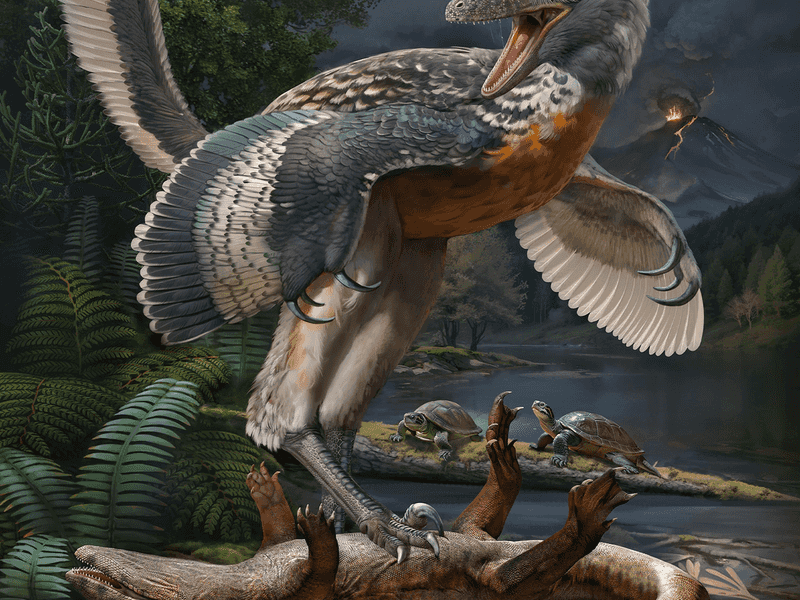
Early birds were energy-saving champions! Their unique respiratory system—with air sacs extending into hollow bones—delivered oxygen super efficiently, giving them metabolic advantages during the oxygen-poor aftermath.
Unlike their dinosaur relatives, birds could regulate body temperature better, helping them adapt to the dramatic climate swings. This metabolic edge meant they could do more with less when resources were scarce.
Flight Flexibility
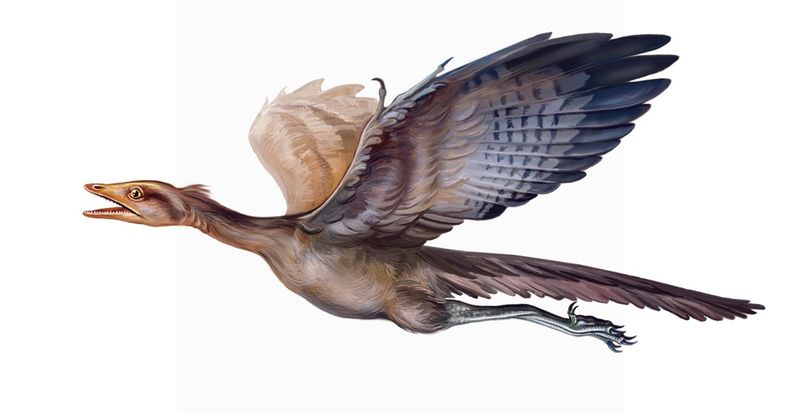
Wings weren’t just for show—they were extinction insurance! The ability to fly gave birds incredible mobility to escape local disasters and find new habitats when their homes became uninhabitable.
Flying also helped them search wider areas for scarce food. While earthbound dinosaurs were stuck in deteriorating environments, birds could simply soar away to find better conditions elsewhere, essentially becoming the first disaster evacuees.
Freshwater Habitats
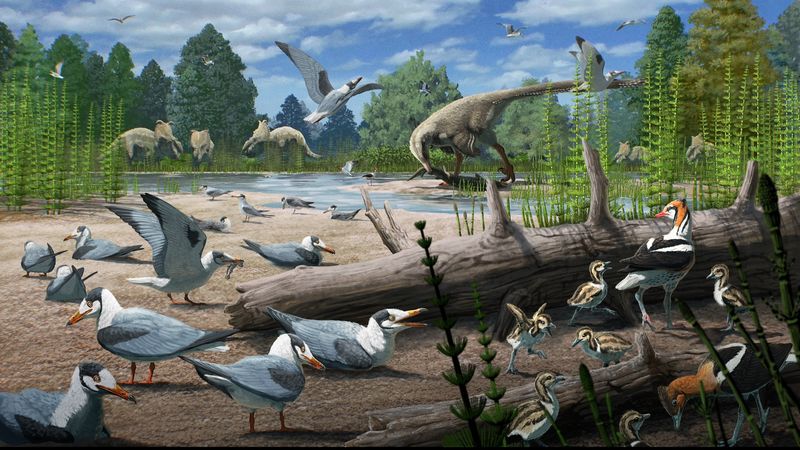
Lakes and rivers became crucial survival zones! Freshwater ecosystems were somewhat buffered from the worst effects of the extinction event, maintaining food chains when oceans and land were in chaos.
Many early bird species lived around these water bodies, feeding on insects, fish, and aquatic plants that continued to thrive. These waterside havens became natural refuges, protecting birds when other environments collapsed completely.
Nocturnal Adaptation
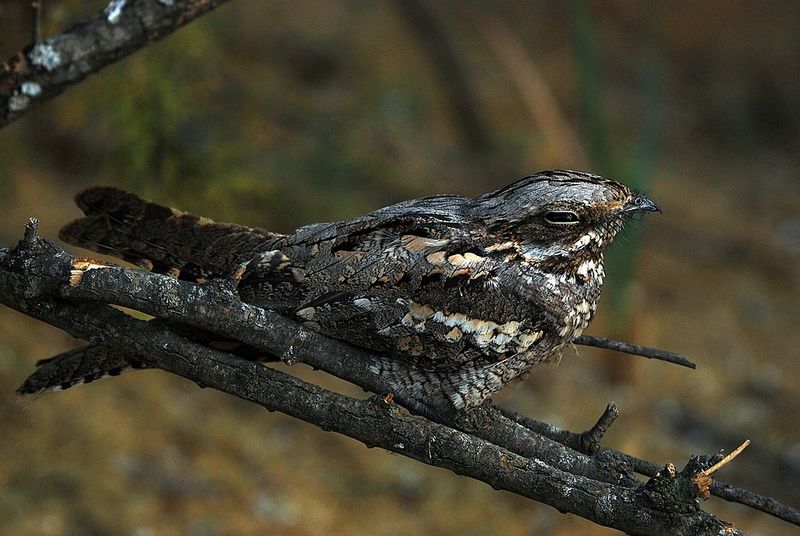
Night vision saved some early birds! The asteroid impact created a long “impact winter” where dust blocked sunlight, making daytime hunting nearly impossible. Evidence suggests some ancestral birds had excellent night vision.
These night-adapted birds could find food in the darkness when others couldn’t. It’s like having special goggles during a blackout—those who could navigate and hunt in near-darkness had a massive survival advantage.
Egg Advantage

Bird eggs packed a secret survival weapon! Their eggs had more efficient gas exchange and temperature regulation than those of larger dinosaurs, allowing embryos to develop in unstable environmental conditions.
Birds could also hide their smaller eggs in protected spots, safe from extreme temperatures. Plus, shorter incubation times meant faster reproduction—a huge advantage when populations were threatened with extinction.
Dietary Flexibility
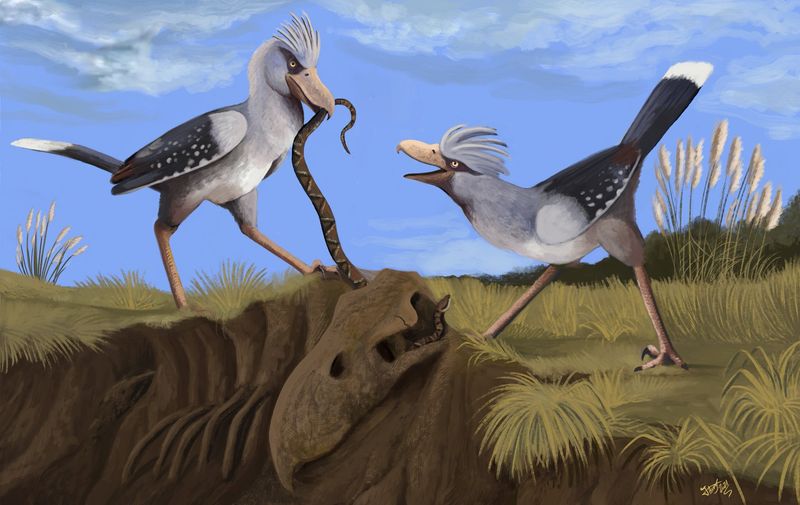
Ancient birds weren’t picky eaters! Many early bird species could switch between different food sources—insects, seeds, fruits, or small vertebrates—depending on what was available.
This dietary flexibility proved crucial when certain food chains collapsed after the asteroid hit. While specialized dinosaurs starved when their preferred foods vanished, birds could adapt their menu. It’s like being able to eat at any restaurant when most are closed!
Toothless Beaks
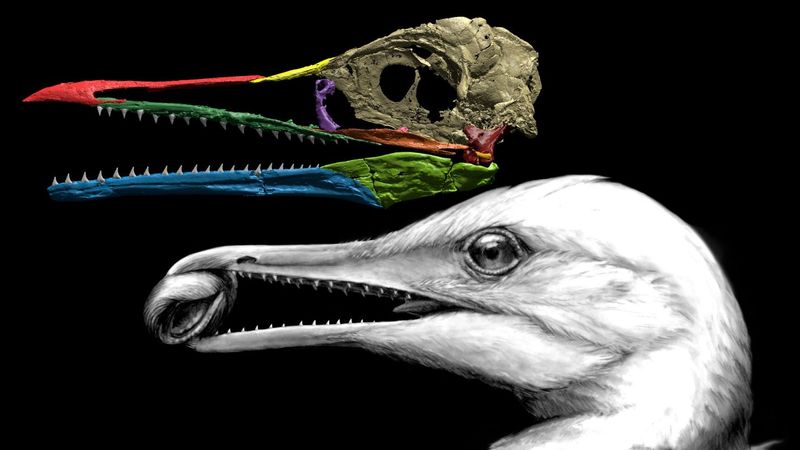
Losing teeth was actually an upgrade! By the late Cretaceous, many bird lineages had evolved toothless beaks instead of heavy, tooth-filled jaws. These lightweight beaks required less energy to maintain and grow.
When food became scarce after the asteroid impact, birds didn’t waste precious resources growing and replacing teeth. Their efficient beaks could still process various foods while saving energy—a perfect adaptation for survival during resource shortages.
Lucky Geographic Distribution
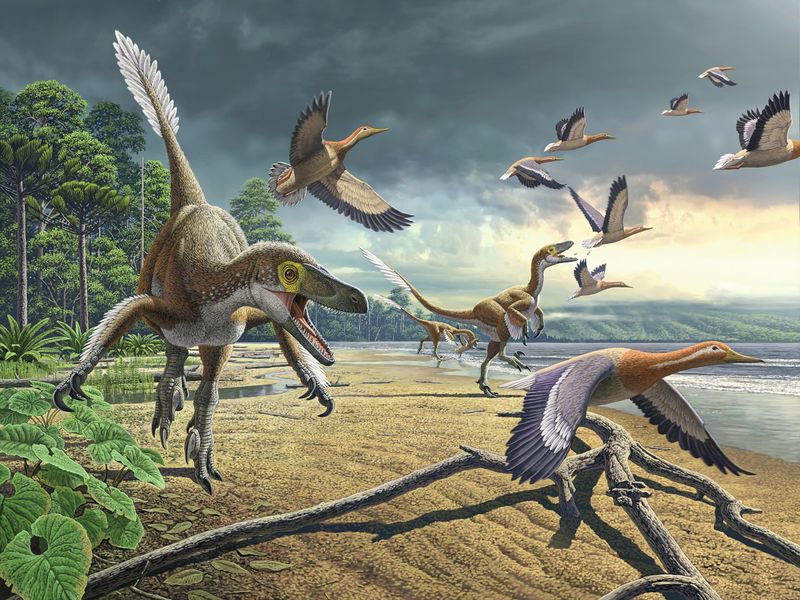
Location, location, location! Some bird groups simply got lucky by living in areas less affected by the immediate aftermath of the asteroid impact. Certain regions experienced less severe climate disruption.
Fossil evidence suggests birds in the Southern Hemisphere may have faced less extreme conditions than those closer to the impact site. These geographic safe zones allowed some bird populations to hang on while others perished, creating evolutionary bottlenecks that shaped modern bird diversity.





